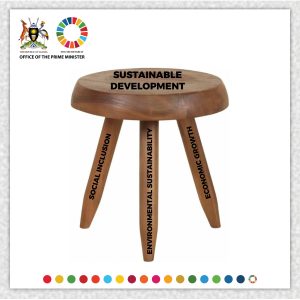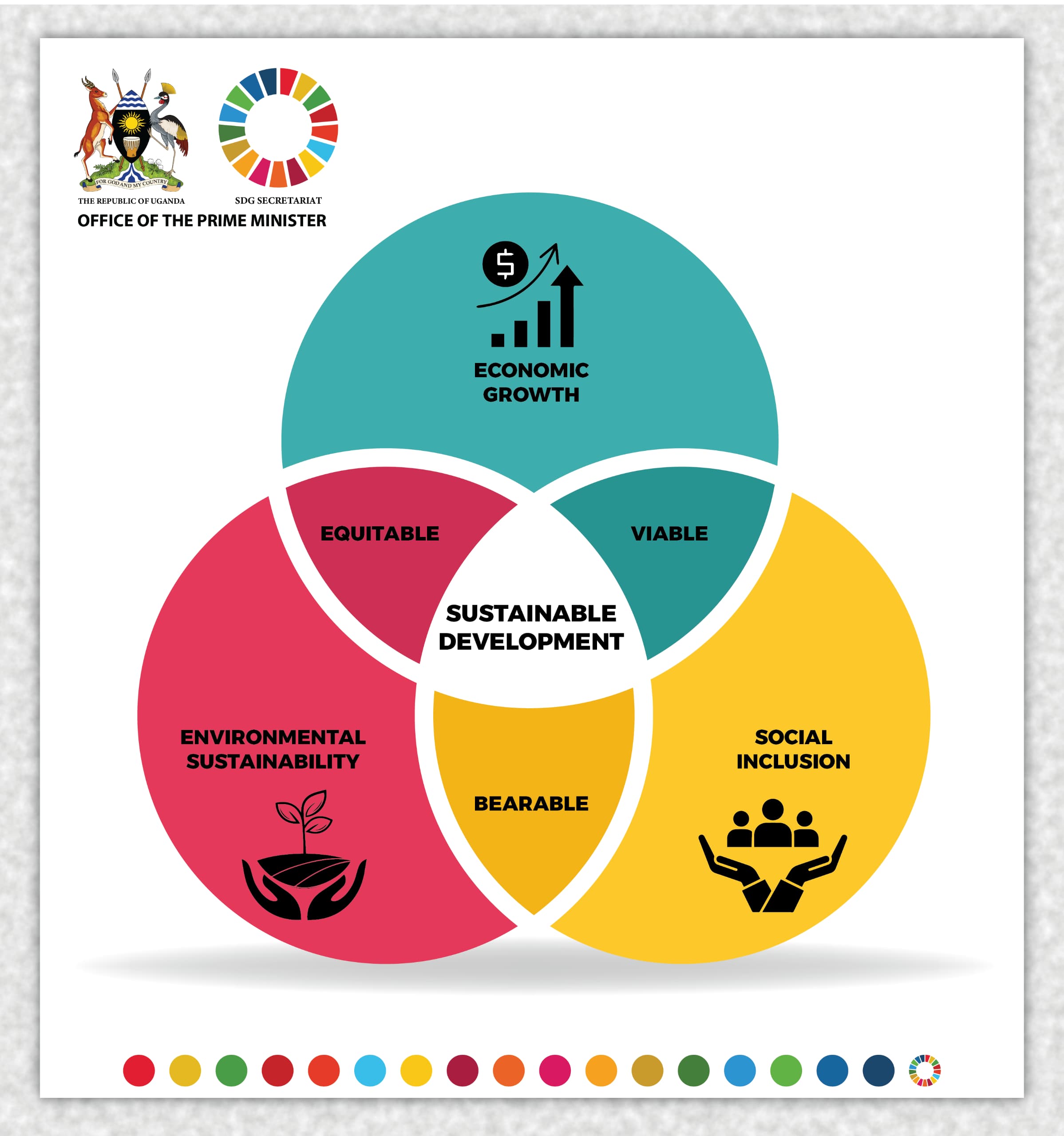Sustainable Development is the perfect integration of three faces
Sustainable development is a balanced framework that ensures the needs of the present generation are met without compromising the ability of future generations to meet their own. At the core of sustainable development lies the integration of its three dimensions: economic growth, social inclusion, and environmental sustainability. These “three faces” are not mere parallel goals but interdependent pillars that must operate in harmony to achieve sustainability in its truest sense. Without the seamless integration of these dimensions, the pursuit of development becomes fragmented, inequitable, and ultimately unsustainable.
- Economic growth
Economic growth is a critical driver of innovation, poverty alleviation, and resource generation. However, growth alone cannot equate to sustainability if it depletes natural resources or widens social inequities. True sustainable economic growth must embrace circular economic principles, where efficiency and the reduction of waste are paramount. For instance, investments in renewable energy and green technologies provide both economic opportunities and environmental benefits. Yet, achieving this requires systems thinking, a holistic approach that views the economy as an embedded subsystem of the planet’s finite ecological limits. Economic policies must prioritize inclusive prosperity, ensuring that no one is left behind while fostering innovation that respects planetary boundaries.
- Social inclusion
The social pillar addresses equity, justice, and the well-being of all individuals within society. Social inclusion ensures that development benefits are equitably distributed and that marginalized groups have access to opportunities and resources. It emphasizes combating poverty, reducing inequality, and fostering gender equity. Using the multiple capitals framework, social inclusion can be seen as an investment in human and social capital, recognizing that empowered, educated, and healthy populations are the backbone of sustainable development. Without social cohesion, economic gains and environmental protection cannot translate into lasting progress.
- Environmental sustainability
Environmental sustainability is the foundation upon which all other dimensions rest. It emphasizes the responsible stewardship of natural resources to ensure the planet’s ecosystems remain functional and resilient. Degradation of natural capital, whether through deforestation, biodiversity loss, or carbon emissions, threatens not only the environment but also social stability and economic vitality. This dimension requires integrating natural capital into decision-making, valuing ecosystems for their critical services to humanity, such as clean water, fertile soils, and climate regulation.
Achieving the perfect integration of these three dimensions requires intentional and innovative strategies. Three core concepts, systems thinking, multiple capitals, and qualitative scenario building, offer a framework for operationalizing this integration.

- Systems thinking
Systems thinking underscores the interconnectedness of economic, social, and environmental systems. It helps identify leverage points where interventions can have cascading positive effects across all dimensions. For example, a policy promoting renewable energy can simultaneously reduce greenhouse gas emissions (environmental), create jobs (economic), and improve access to affordable energy for marginalized communities (social).
- Multiple capitals framework
This approach recognizes the interplay between various forms of capital, human, social, natural, and financial, and the need to balance investments across them. For instance, prioritizing financial capital without reinvesting in natural or human capital leads to unsustainable practices. The integration of multiple capitals enables decision-makers to create synergies, ensuring that gains in one area do not come at the expense of another.
- Qualitative scenario building
Qualitative scenario building enables stakeholders to envision possible futures and explore pathways for achieving desired outcomes. It facilitates dialogue and innovation by illustrating the interactions between economic growth, social inclusion, and environmental sustainability. For instance, scenario planning could depict a Uganda where all 17 Sustainable Development Goals (SDGs) are achieved by 2030, offering actionable insights into the trade-offs and co-benefits of various policy choices.
The failure to integrate these three dimensions results in unsustainable outcomes. Economic growth pursued at the expense of the environment accelerates climate change, as seen in unchecked industrialization. Similarly, social exclusion fosters unrest, which can destabilize economies and hinder environmental conservation efforts. A prime example is urbanization without environmental planning, which leads to sprawling slums, increased pollution, and depleted ecosystems, all while marginalizing vulnerable populations.
As we stand at the crossroads of the 21st century, the perfect integration of these three dimensions is not optional, it is essential. Policymakers, businesses, and civil society must embrace a systems-thinking approach, leveraging multiple capitals and qualitative scenario building to design strategies that create synergies rather than trade-offs. Investments in renewable energy, equitable education, and sustainable agriculture are practical examples of initiatives that address all three dimensions simultaneously.
Sustainable development is not just a vision; it is a responsibility we owe to future generations.


